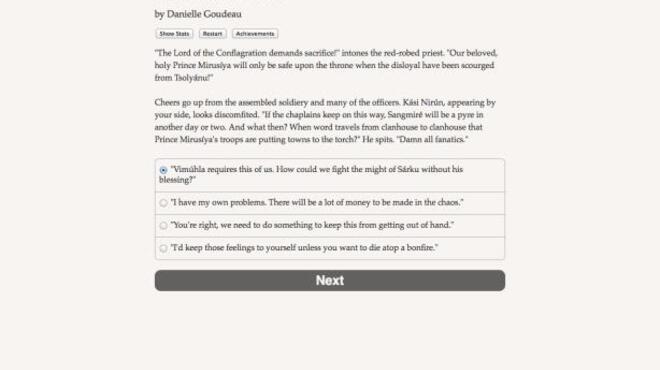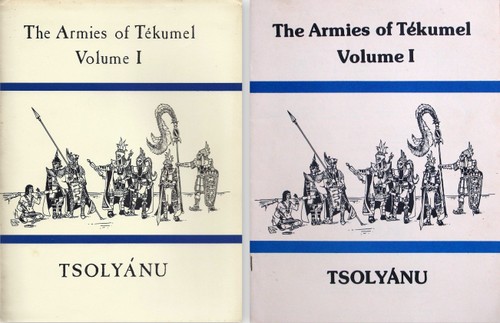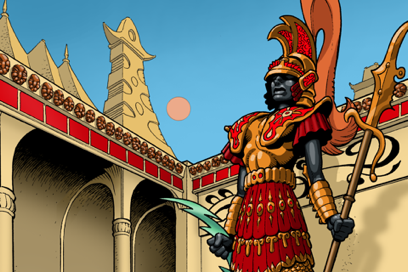
The Journal of Tékumel Affairs Vol III No.Tita’s House of Games in 2000 republished the primer in hard copy.
#Empire of the petal throne pdf download pdf
A PDF version of the primer later appeared on the Blue Room website.

I do not know whether Barker ever visited Indonesia but the chant and music sounds closely resembles the music and monologue of a Javanese shadow puppet show. In addition an audio file available on Youtube contains a rendition of chanted Tsolyáni poetry and music. Even if you have no interest in the Tsolyáni language per se, reading through the phrasebook provides excellent background.Ī version of the audio file originally included with the Adventure Games edition is still available on Brett Slocum’s site. The language guide is a wonderful window into Tsolyáni culture. Carl Brodt’s Tita’s House of Games reprinted the books in 1999 along with a CD version of the audio cassette. The only differences were that the new version had a well-drawn but stupid cover, some slight differences in the front matter, and an advertisement in the back of each volume for a few Tékumel products published by Adventure Games. The interior pages of the Adventure Games edition are identical to the self-published version.

Some (or maybe all?) of these were sold with an audio cassette. However, I have never seen a version marked “Imperium Publishing Company” and I believe that Imperium simply sold the self-published version, which has a plain turquoise cover and is marked “Richfield Printing.”ĭave Arneson’s Adventure Games reprinted the two volumes of the language book in 1981. The Imperium Publishing Co., which we discussed in our last post, advertised “The Tsolyáni Language” in late 1977 and Brett Slocum’s excellent index of published Tékumel works lists the self-published version and an Imperium version separately. Barker in 1977 self-published a detailed two-volume, 120-page grammar, phrasebook, and dictionary of Tsolyáni, which is now collectible. Barker also published an article on the ideographic kázhra ve ngakóme script, which I have not read.Ī language book was an early Tékumel product. EPT includes the Salarvyáni book title “Guppíshsha Hrakkúq Mazhzhátl” translated as the “The Book of the Fragrant Garden”), but no extensive word lists.

A few scattered words of these latter six languages appear in the Tékumel canon (e.g. In addition, he published articles on the scripts of six other Tekumel languages: Mu’ugalavyáni, Salarvyáni, Classical Tsolyáni, Bednálljan, Llyáni, and Thu’úsa. In all, Barker published grammars and word lists for five invented languages: Tsolyáni, Yan Koryáni, Livyáni, Engsvanyáli, and Sunúz. Tsolyáni (and other) language texts and proper names also appeared in later source material, magazine articles, and short language studies. The first Tékumel RPG work, EPT, included elaborately drawn inscriptions in Tsolyáni (and one snippet of Classical Tsolyáni), allusions to the modern and classical languages of all the five empires, a pronunciation guide to Tsolyáni, and a guide to the Tsolyáni script. He said he could not consciously remember any real-world influences on Tsolyáni and that the knowledge of his invented languages had “just come.” Barker had invented the Tsolyáni script by age 12, before learning any other languages. Marie, Idaho, he played with Basque children who kept secrets in their native language, a rare isolate unrelated to other tongues. In a 1984 interview published in The Space Gamer magazine, he said he first became interested in inventing languages when, as a child in St. Languages were what most interested Barker himself about Tékumel from a young age.

And nothing is more fun to figure out than the detailed invented languages and linguistic histories. More than 40 years after the release of Empire of the Petal Throne (EPT), why do we still love Tékumel? For me, it’s the deep mystery.


 0 kommentar(er)
0 kommentar(er)
